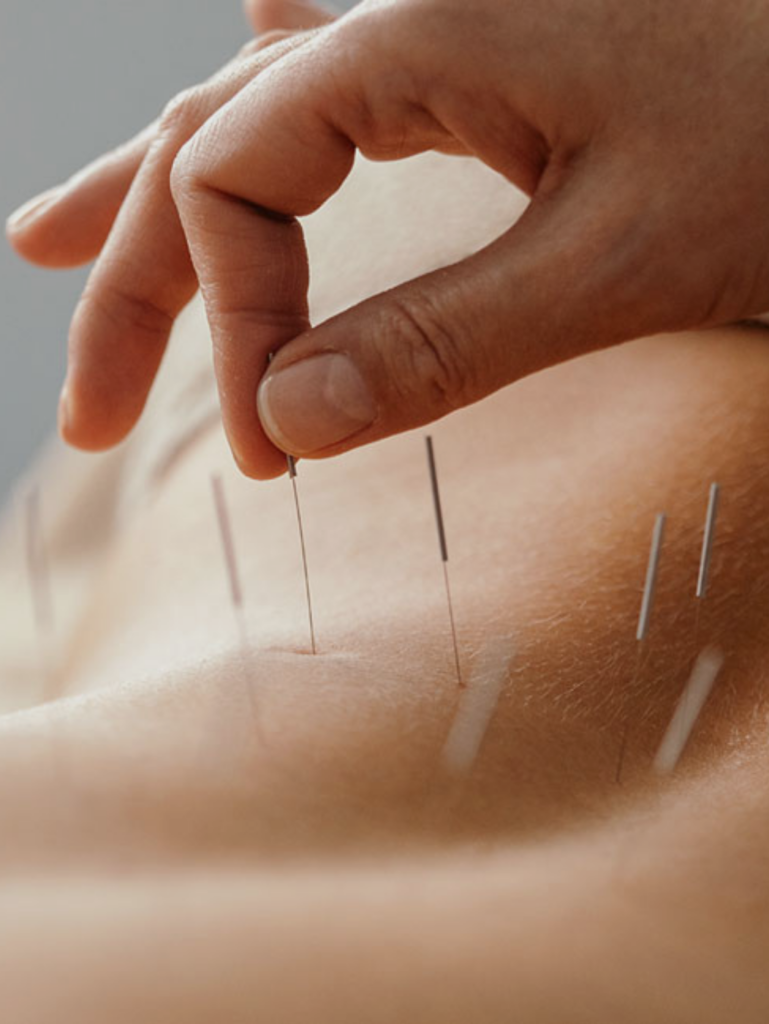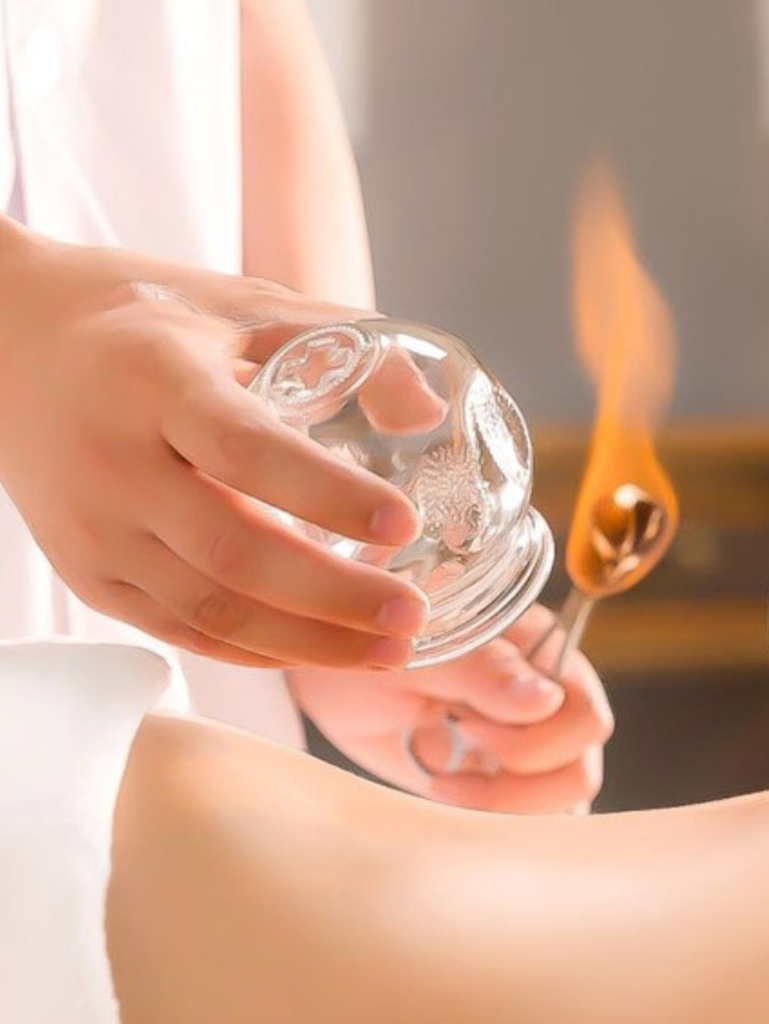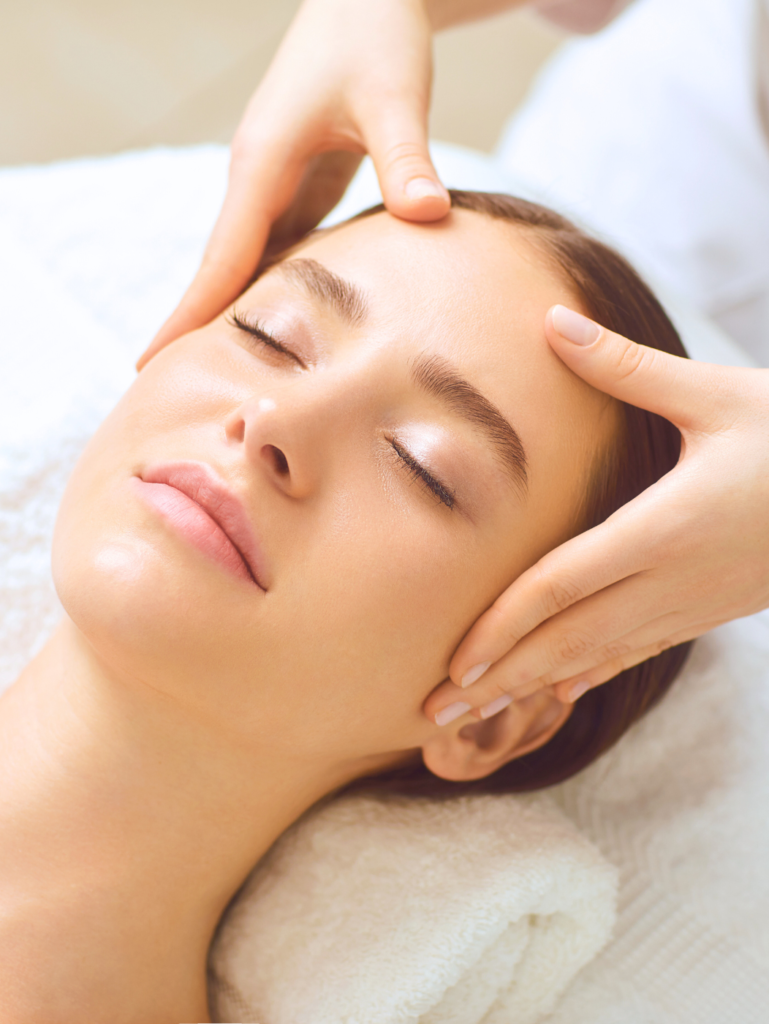Golf, while appearing to be a low-impact sport, requires precision, technique and muscle control. Combining repetitive movements and specific postures, golfers are prone to injuries that can affect their performance and overall well-being. Here, we will explore the most common injuries in golfers and how physical therapy plays a crucial role in their prevention and recovery. As always, Spa Natural Center founder and CEO Flavio Acuña shares his key recommendations from his vast experience in physical therapy and traditional Chinese medicine.
Most Common Golf Injuries
Lower back injuries: The golf swing requires significant trunk twisting, which puts stress on the lumbar spine. This constant repetition can cause muscle pain, sprains and, in severe cases, herniated discs.
- Flavio Acuña’s recommendation: “Core strengthening is essential to prevent low back pain. A stabilization exercise program will help distribute the load in a balanced way.”
Shoulder injuries (tendinitis or bursitis): The shoulders are subjected to great stress during the swing. Rotator cuff tendinitis and subacromial bursitis are frequent injuries in golfers who do not take care of their technique or overload their training.
- Flavio’s advice: “It is essential to work on shoulder mobility and flexibility, complementing with specific physiotherapy to release accumulated tensions.”
Golfer’s elbow (medial epicondylitis): This injury is caused by inflammation of the tendons that connect the forearm muscles to the elbow. It manifests with pain in the inner aspect of the elbow.
- “Early physical therapy can speed recovery. Using ice after workouts and gentle stretching is key,” suggests Flavio Acuña.
Wrist injuries: Sudden changes of direction and impact with the ball or the ground can cause sprains or stress fractures in the wrist.
- Flavio recommends: “A preventive approach should include strengthening exercises and the use of supportive bandages if the golfer feels discomfort.”
The Importance of Physical Therapy in Recovery
Physiotherapy is vital to treat injuries in golfers and, most importantly, to prevent them from becoming chronic. A specialized physiotherapist identifies muscle imbalances and proposes a personalized treatment plan, which may include:
- Manual therapy: Massages and manipulations that improve mobility and relieve pain.
- Guided stretching: Specific techniques to release tension.
- Corrective exercises: Focused on strengthening key muscles and improving posture.
- Heat/cold therapy: To reduce inflammation and promote circulation.
In the words of our CEO: “At Spa Natural Center we take pride in accompanying our clients in their recovery, offering personalized physiotherapy that allows them to return to the field stronger and pain-free.”
Physical Preparation and its Impact on the Golfer’s Performance
A key aspect of avoiding injury is proper physical preparation. Golf requires flexibility, strength and endurance in specific areas of the body, such as the trunk, shoulders and legs. Lack of proper physical conditioning increases the risk of injury.
Flavio Acuña emphasizes, “Physical preparation is as, if not more, important than technique. Incorporating mobility, strength and flexibility exercises into the routine ensures that the body is ready to withstand the demands of the sport.”
Some key recommendations include:
- Core training: Strengthen your lower back with planks and abdominal exercises.
- Joint mobility: Dynamic stretching to improve range of motion.
- Strength work: Exercises with light weights to strengthen shoulders and back.
- Functional training: Movements that simulate the mechanics of the swing, improving coordination.
Rehabilitation and Return to Play: A Progressive Process
Recovering from an injury is not only about healing, but also about reintegrating into sport safely and efficiently. The rehabilitation process follows a progressive structure:
- Reduction of pain and inflammation: Application of ice and manual therapy to relieve discomfort.
- Mobility recovery: Gentle, assisted stretching to restore range of motion.
- Progressive strengthening: Specific exercises to strengthen weakened muscles.
- Sports rehabilitation: Specialized training to prepare the body for the game, avoiding relapses.
Flavio Acuña emphasizes, “At Spa Natural Center we don’t just treat injuries; we help our clients come back stronger and more prepared than before, with personalized recovery plans.”
Golf is a demanding sport that requires both technical skill and physical and mental care. With proper preparation and the guidance of experts such as Flavio Acuña, it is possible to enjoy every game without fear of injury. At Spa Natural Center, we design personalized plans that combine modern physiotherapy and traditional Chinese medicine to offer a comprehensive recovery and prevent future problems.
Book your physical therapy session at Spa Natural Center today and discover the benefits of a personalized approach to injury recovery, muscle strengthening and overall wellness.
Recommended Product for Recovery and Wellness
TheraGun Mini: Perfect for relieving muscle tension and improving recovery after golf. Its portable and quiet design makes it ideal for use anytime, anywhere, helping to maintain uninterrupted performance.
Frequently Asked Questions
The most common injuries include lower back pain, shoulder tendinitis, medial epicondylitis, and wrist sprains.
Physiotherapy reduces pain, improves mobility, and strengthens muscles, allowing for full recovery.
Strengthening the core, improving joint mobility, and doing specific stretches help prevent injuries.
Yes, progressive rehabilitation prevents setbacks and improves the body's preparation for future demands.
Yes, proper conditioning enhances performance and reduces the risk of injuries.
Spa Natural Center offers personalized physiotherapy, sports massages, guided stretching, and comprehensive rehabilitation plans. Contact us on WhatsApp!



